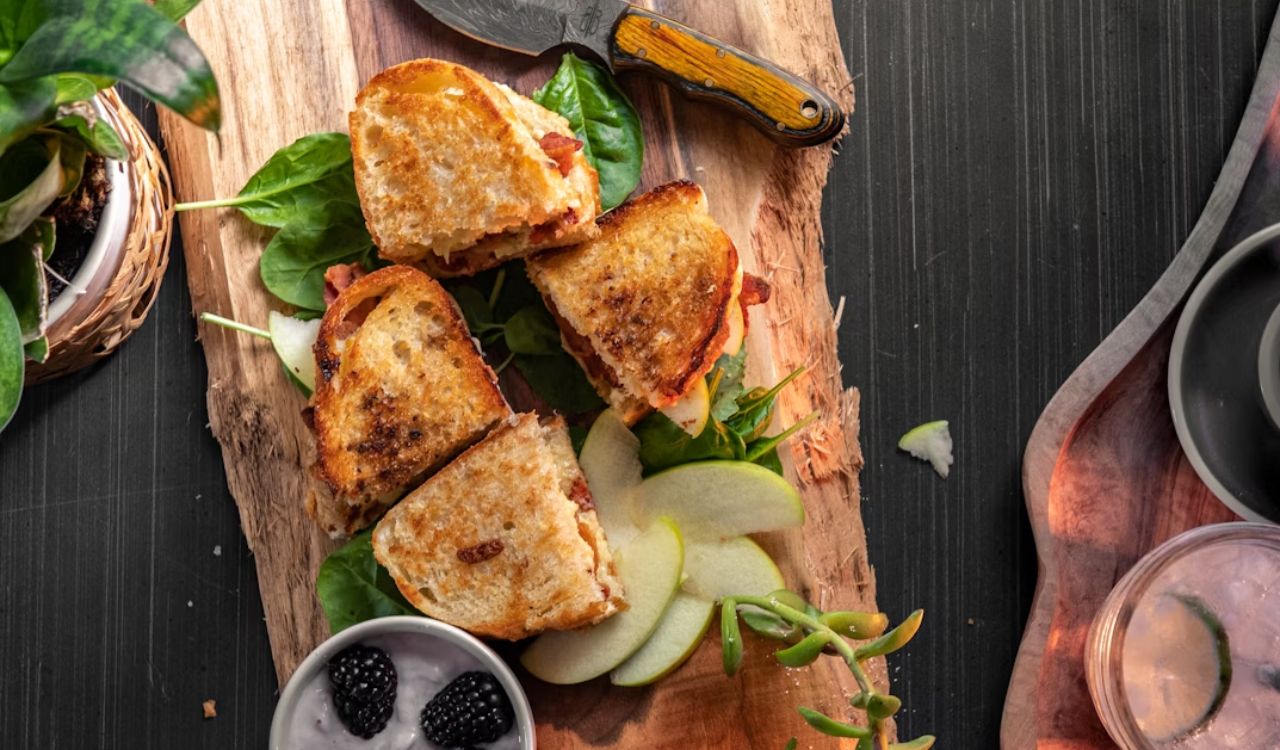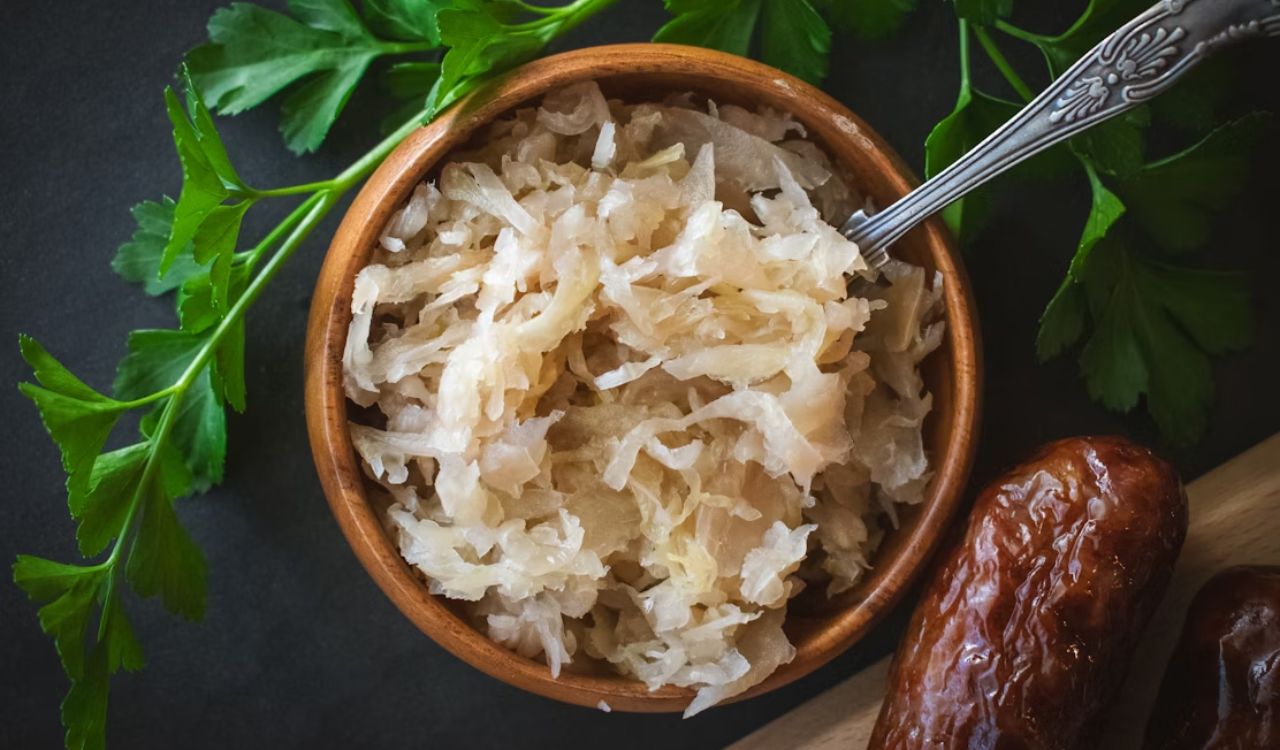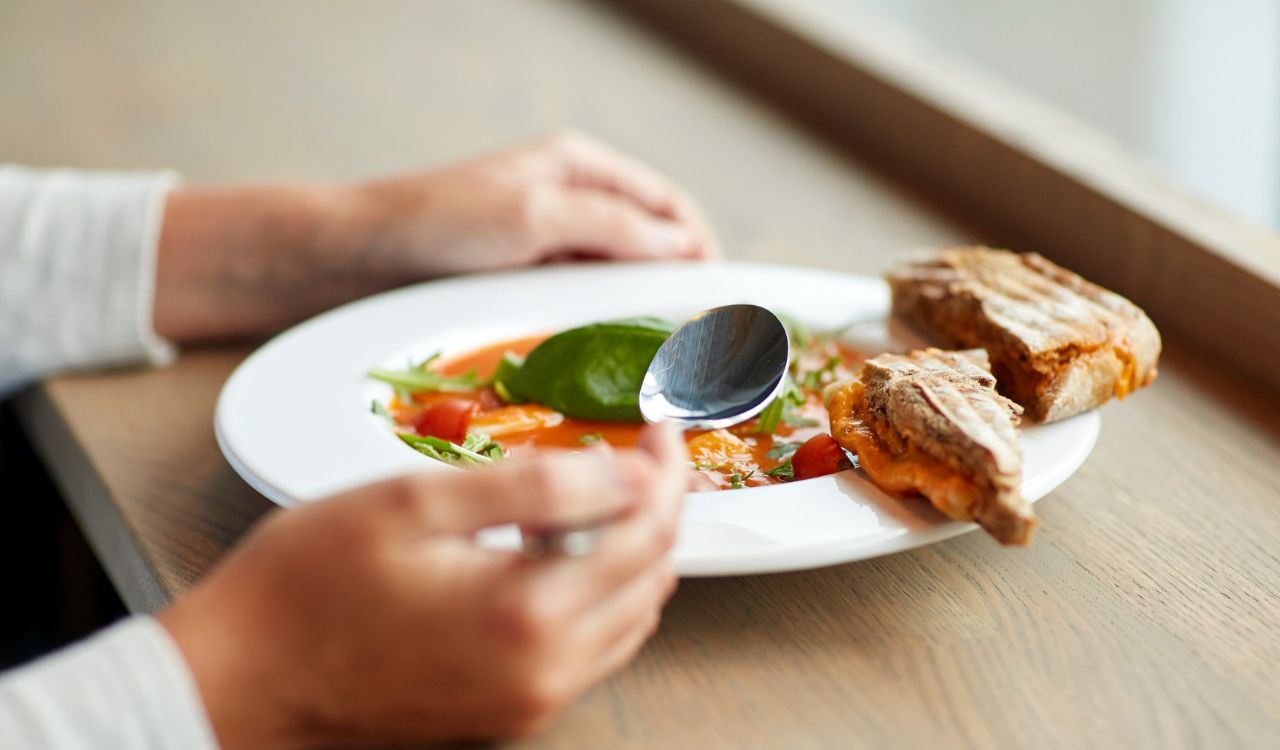10 Iconic Foods You’ve Been Pronouncing Wrong
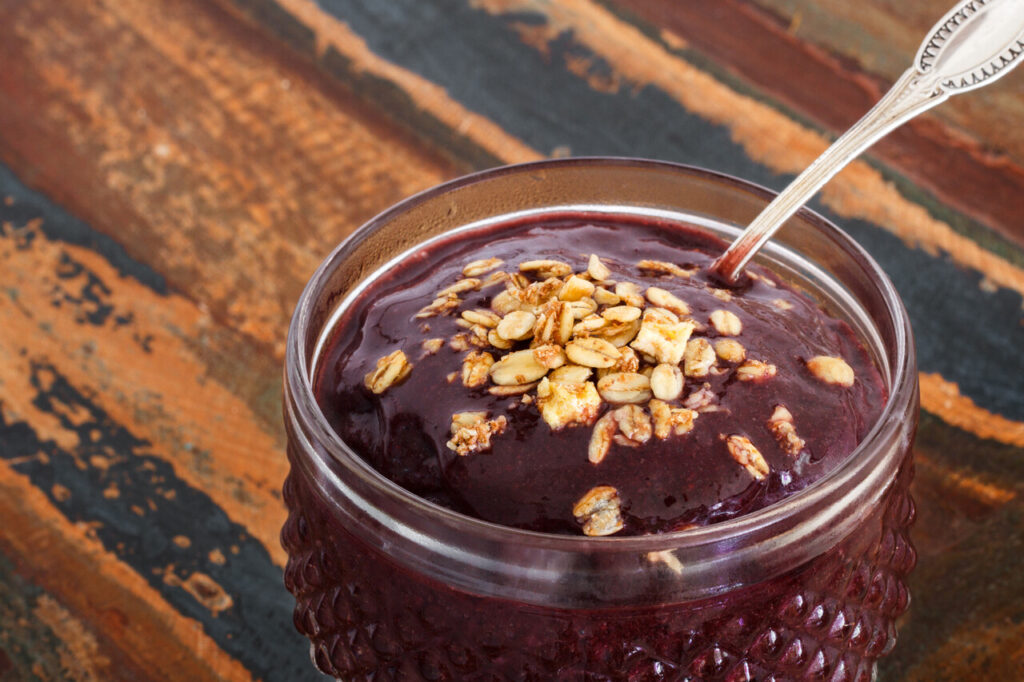
Food can connect cultures, but pronunciation often trips people up. Whether it’s a French pastry, an Italian pasta, or a Japanese staple, mispronouncing a dish can unintentionally change its meaning or just make locals wince. The good news is, it’s easy to fix once you know how the word should sound. Here’s a look at some beloved foods you’ve probably been saying wrong, along with how to pronounce them correctly and what each one actually means in its home country.
1. Croissant
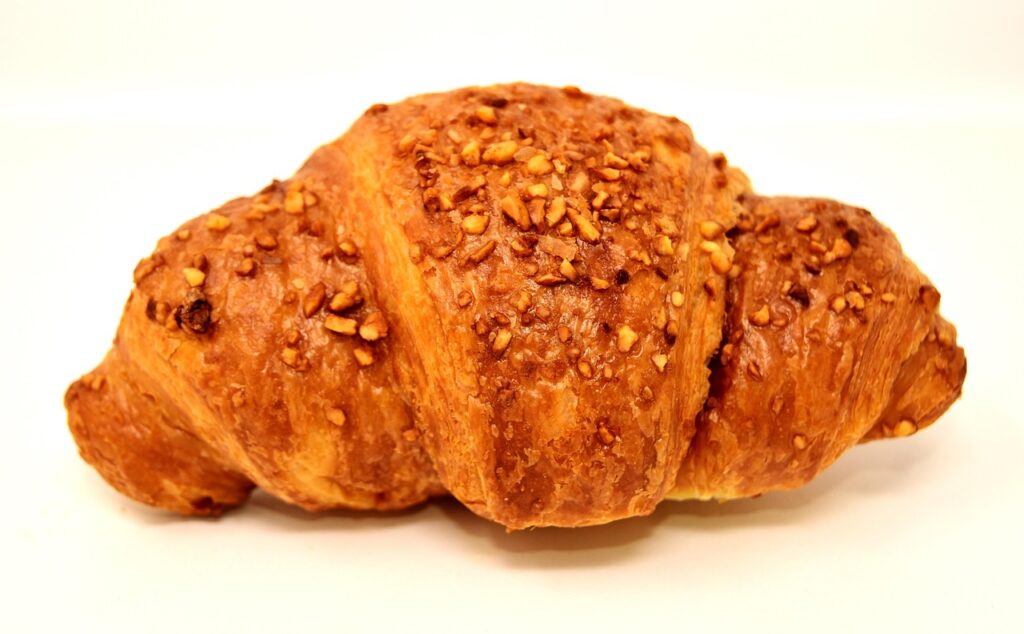
Most people say “kruh-sant” or “kroi-sant,” but in French, it’s pronounced “kwah-sahn.” The name means “crescent,” referring to its iconic shape. Croissants originated in Austria before being perfected in France, where the technique of laminating butter into dough created that airy, flaky texture. When you order one at a café, remember that the soft nasal “n” at the end is barely audible. A properly baked croissant should have a crisp shell, a honeycomb interior, and a buttery aroma that melts as soon as you tear into it.
2. Gnocchi
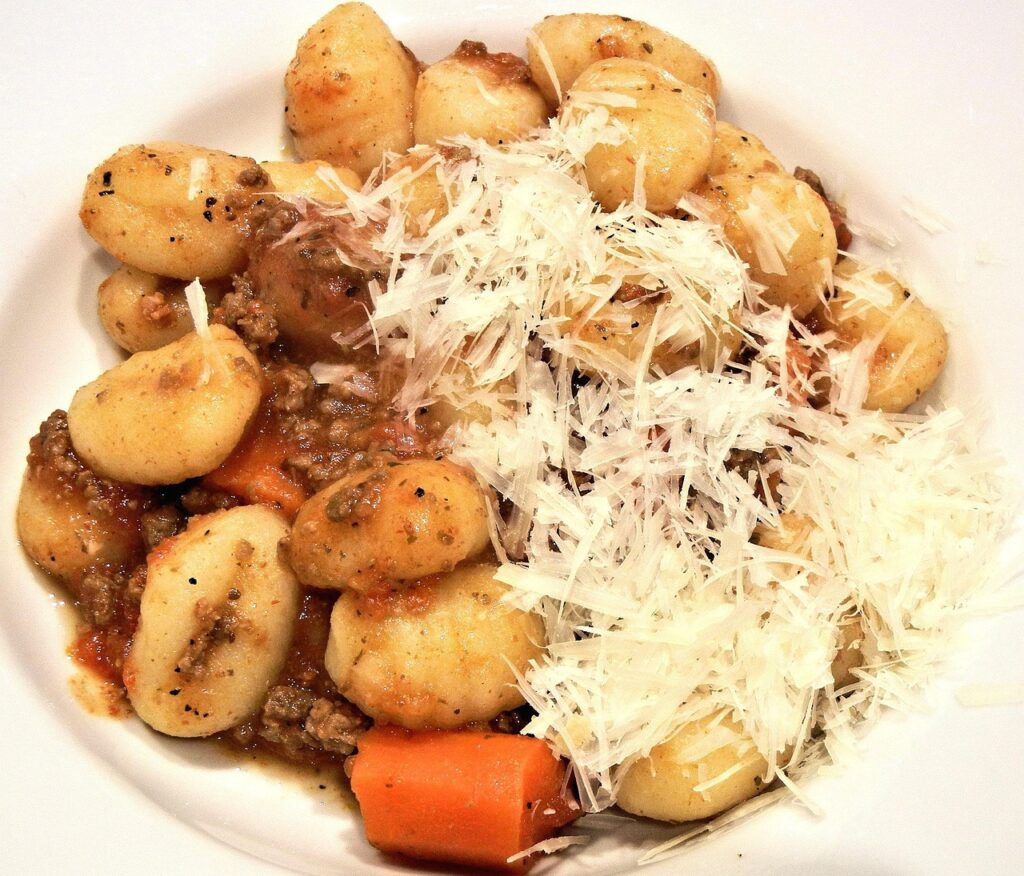
If you’ve been saying “nok-ee,” you’re close, but the correct pronunciation is “nyo-kee.” The “gn” sound is like the “ny” in “canyon.” This Italian dumpling, usually made from potatoes, eggs, and flour, has a name derived from “nocchio,” meaning a knot of wood. Light, pillowy gnocchi should never taste dense or gummy. Italians often serve it with simple sauce, butter, tomato, or pesto, letting its texture shine. The next time you order it, say it with confidence, and you’ll sound instantly more Italian.
3. Pho
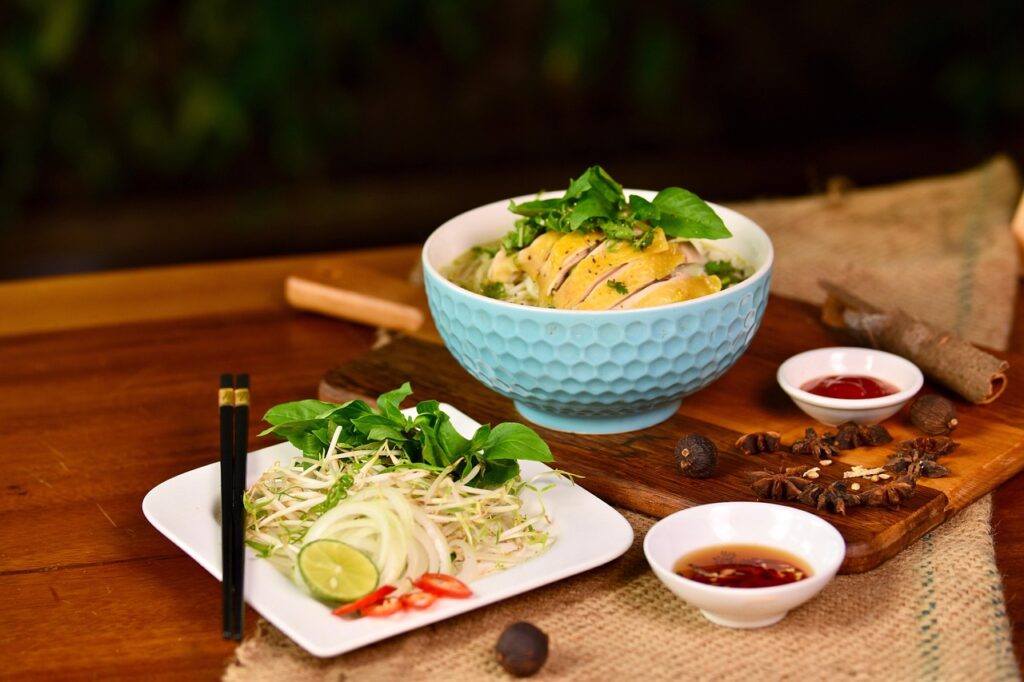
Many people call it “foe,” but this Vietnamese noodle soup is pronounced “fuh.” The dish combines a fragrant broth simmered with star anise, cloves, and ginger, topped with rice noodles, herbs, and slices of meat. The name likely comes from the French “feu,” as in “pot-au-feu,” but locals pronounce it with a rising tone. Asking for “fuh” instead of “foe” not only shows respect for Vietnamese culture, it also spares you a few polite smiles from anyone who’s been there before.
4. Quinoa
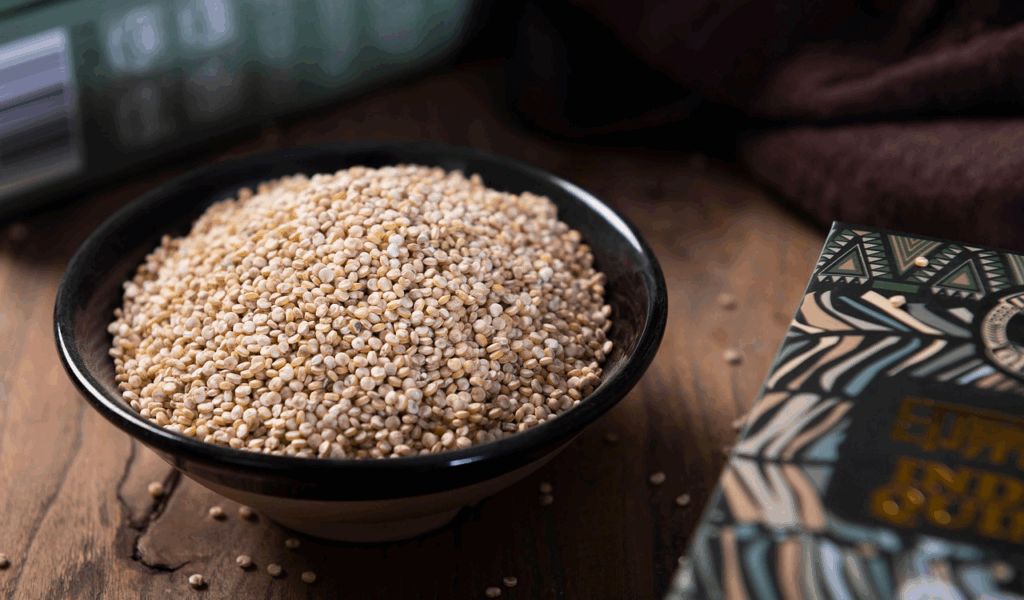
Often mispronounced as “kwin-oh-ah” or “kee-noh-ah,” the correct way is “keen-wah.” This ancient grain from the Andes has been a staple in Peruvian and Bolivian diets for thousands of years. It’s naturally gluten-free and rich in protein, making it popular worldwide. The word “quinoa” comes from Quechua, the Indigenous language of the region. Whether you’re tossing it into a salad or using it as a rice substitute, knowing how to say “keen-wah” properly honors the culture that cultivated it long before it became trendy.
5. Bruschetta
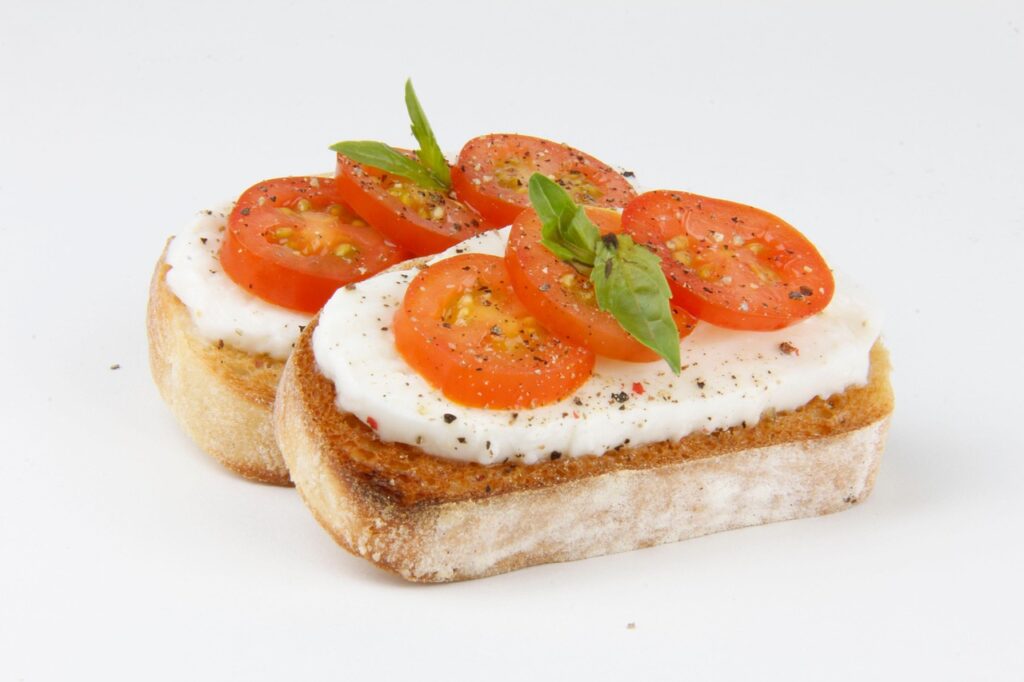
You’ve probably heard it called “broo-shetta,” but in Italian, the “ch” is a hard “k,” so it’s “broo-sketta.” The word comes from “bruscare,” meaning to roast over coals. Traditionally, bruschetta is simply grilled bread rubbed with garlic, drizzled with olive oil, and topped with tomatoes or other fresh ingredients. In Italy, it’s more rustic snack than a fancy appetizer. Saying it correctly gives you away as someone who’s done their homework and who probably knows good bread when they see it.
6. Gyro
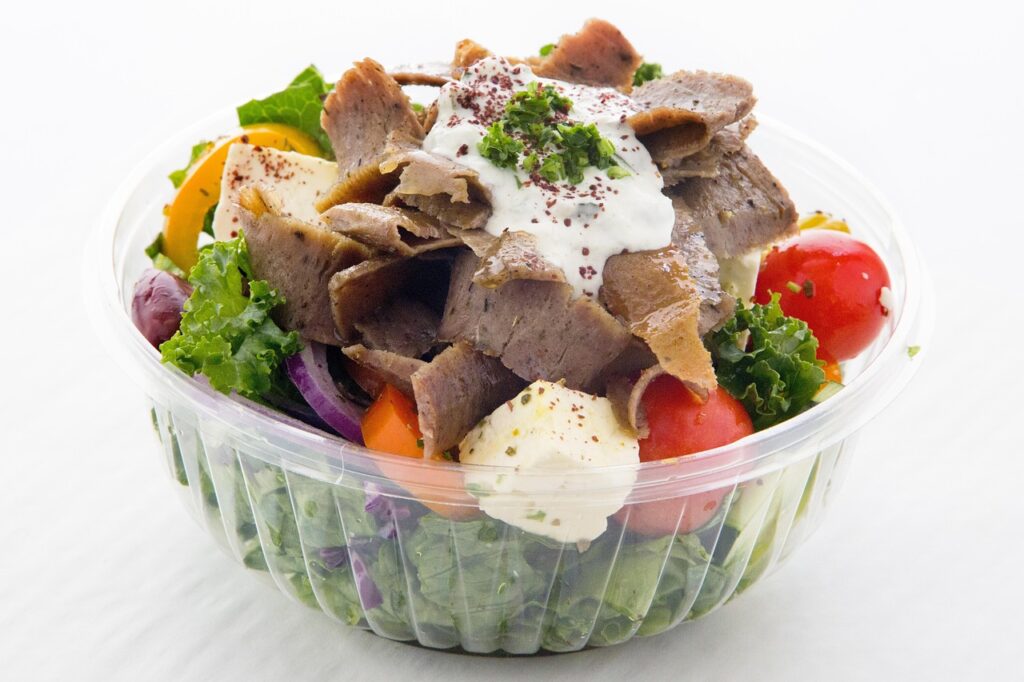
This Greek favorite is not “jai-ro” or “gee-ro.” It’s pronounced “yee-ro.” The name comes from the Greek word “gyros,” meaning “turn,” a nod to the rotating vertical spit that cooks the meat. A gyro typically includes lamb, chicken, or pork wrapped in warm pita with tomato, onion, and tzatziki sauce. The correct pronunciation is important because saying “jai-ro” might make locals think you’re talking about a monetary note, not lunch. Say “yee-ro” confidently, and your order will sound right at home in Athens.
7. Açaí
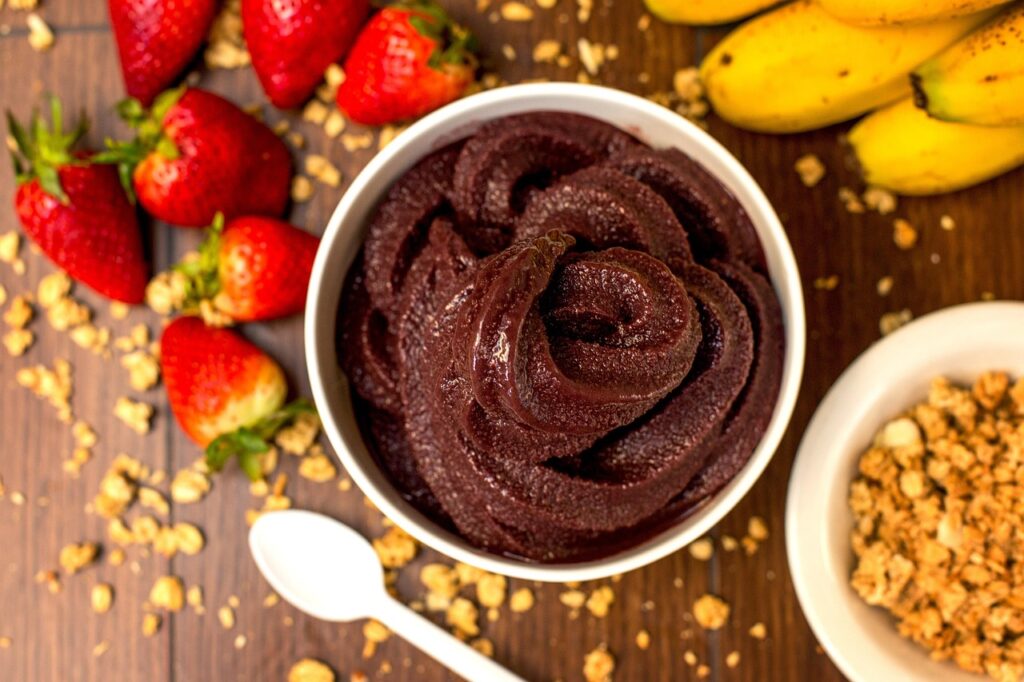
This Brazilian superfruit is often mispronounced “ah-kai” or “ah-say.” The right way is “ah-sigh-EE.” It comes from the Portuguese adaptation of a Tupi word meaning “fruit that cries water.” Found in the Amazon rainforest, açaí berries are rich in antioxidants and often served as a frozen bowl topped with granola and fruit. The accent on the “i” signals that you pronounce both vowels separately. Saying “ah-sigh-EE” correctly might not make your smoothie any healthier, but it’ll make you sound like you actually know what’s in it.
8. Worcestershire Sauce
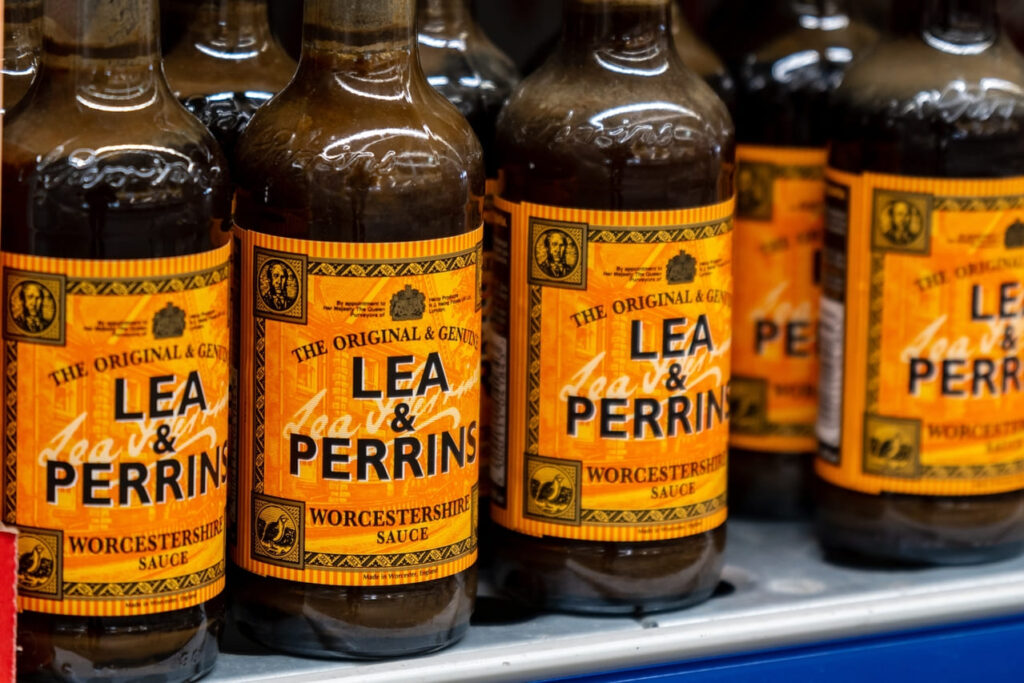
This one trips up nearly everyone. It’s not “wor-ces-ter-shy-er” or “wor-chest-er-sheer.” The correct pronunciation is “WUSS-ter-sheer.” The sauce originated in Worcester, England, and was developed in the 1800s by two chemists, Lea and Perrins. It’s a fermented mix of vinegar, molasses, anchovies, tamarind, and spices, used to add depth to meats and marinades. British pronunciation tends to drop syllables, which is why “Worcestershire” sounds shorter than it looks. When in doubt, just say it fast; it’s how the locals do it, too.
9. Coq au Vin
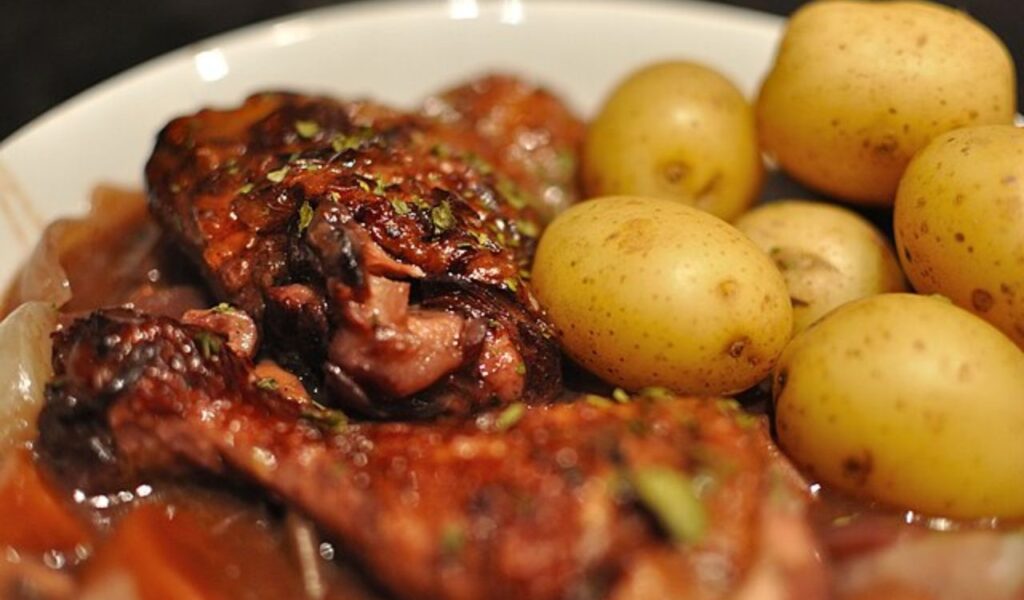
This French dish isn’t “cock-oh-vin” or “coak-oh-vine.” It’s pronounced “kok oh van.” The phrase means “rooster in wine,” a reference to its humble origins as a peasant meal. Traditionally, the dish uses a tough bird slowly braised in red wine with mushrooms, onions, and herbs until tender. Today, it’s made with chicken but still carries that deep, rustic flavor. Saying “kok oh van” correctly shows you appreciate not just French cuisine but the care and craft behind it.
10. Bouillabaisse

Bouillabaisse trips up a lot of English speakers, who often say “boo-ya-base,” but the French pronunciation lands closer to “boo-ya-bess.” The dish comes from Marseille, where fishermen once used the rockfish they couldn’t sell to build a broth scented with fennel, saffron, tomatoes, and herbs. Over time, it evolved into a celebrated seafood stew built from several kinds of fish added in stages so each cooks properly. It’s traditionally served with toasted bread and a garlicky rouille, and getting the name right shows respect for a dish with deep Mediterranean roots.


